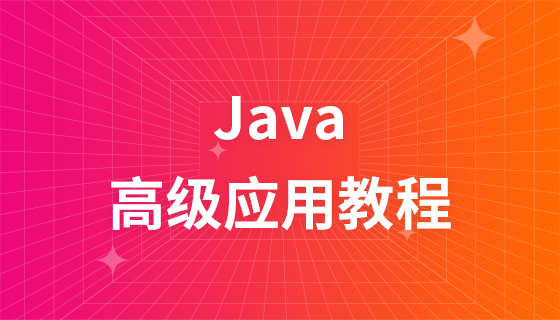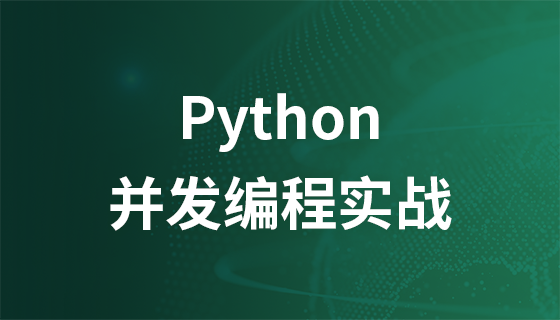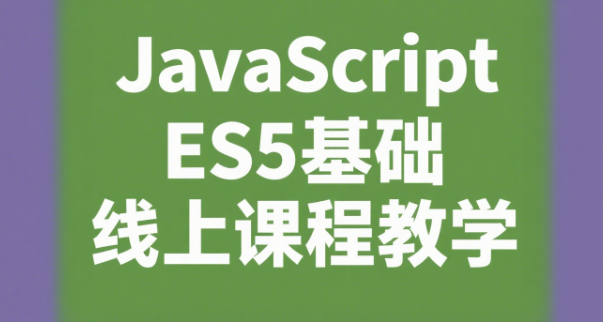c++++创建多线程主要依赖标准库<thread>,它提供了一种相对简洁的方式来启动和管理线程。1. c++11引入了<thread>库,通过创建std::thread对象并传入函数及参数实现多线程;2. 使用join()确保主线程等待子线程完成;3. 数据竞争可通过互斥锁(std::mutex)、原子操作(std::atomic)和条件变量(std::condition_variable)避免;4. 线程池通过任务队列、线程集合和同步机制实现,提升线程复用效率;5. 常见错误包括死锁、活锁、饥饿、竞争条件和内存泄漏;6. 同步机制应根据场景选择,如保护共享数据用互斥锁,简单类型操作用原子变量,等待条件用条件变量,大量并发用线程池。

C++创建多线程主要依赖标准库 <thread>,它提供了一种相对简洁的方式来启动和管理线程。本质上,你是在告诉操作系统,把一部分工作分配给一个新的执行流。

解决方案

C++11 引入了 <thread> 库,极大地简化了多线程编程。以下是一个基本的多线程示例:
立即学习“C++免费学习笔记(深入)”;

#include <iostream>
#include <thread>
void worker_thread(int thread_id) {
std::cout << "线程 " << thread_id << " 正在执行...\n";
// 模拟一些耗时操作
std::this_thread::sleep_for(std::chrono::seconds(2));
std::cout << "线程 " << thread_id << " 执行完毕!\n";
}
int main() {
std::thread t1(worker_thread, 1); // 创建线程 t1,执行 worker_thread 函数,传入参数 1
std::thread t2(worker_thread, 2); // 创建线程 t2,执行 worker_thread 函数,传入参数 2
std::cout << "主线程继续执行...\n";
t1.join(); // 等待线程 t1 执行完毕
t2.join(); // 等待线程 t2 执行完毕
std::cout << "所有线程执行完毕,程序结束!\n";
return 0;
}这个例子展示了如何创建两个线程 t1 和 t2,每个线程都执行 worker_thread 函数。join() 函数的作用是让主线程等待子线程执行完毕。如果不调用 join(),主线程可能会在子线程完成之前结束,导致程序行为不确定。
C++多线程中的数据竞争与如何避免?
数据竞争是指多个线程同时访问和修改同一块内存区域,且至少有一个线程在进行写操作。这会导致不可预测的结果。避免数据竞争的关键在于使用适当的同步机制。
互斥锁 (Mutexes): std::mutex 允许一次只有一个线程访问共享资源。
#include <iostream>
#include <thread>
#include <mutex>
std::mutex mtx; // 互斥锁
void shared_resource_access(int thread_id) {
mtx.lock(); // 加锁
std::cout << "线程 " << thread_id << " 访问共享资源...\n";
// 访问共享资源的代码
std::this_thread::sleep_for(std::chrono::seconds(1));
std::cout << "线程 " << thread_id << " 释放共享资源...\n";
mtx.unlock(); // 解锁
}
int main() {
std::thread t1(shared_resource_access, 1);
std::thread t2(shared_resource_access, 2);
t1.join();
t2.join();
return 0;
}使用 std::lock_guard 可以更安全地管理锁的生命周期,防止忘记解锁:
void shared_resource_access(int thread_id) {
std::lock_guard<std::mutex> lock(mtx); // 自动加锁和解锁
std::cout << "线程 " << thread_id << " 访问共享资源...\n";
std::this_thread::sleep_for(std::chrono::seconds(1));
std::cout << "线程 " << thread_id << " 释放共享资源...\n";
}原子操作 (Atomic Operations): std::atomic 提供了一种无需显式锁即可安全访问和修改简单数据类型的方式。
#include <iostream>
#include <thread>
#include <atomic>
std::atomic<int> counter(0); // 原子计数器
void increment_counter() {
for (int i = 0; i < 100000; ++i) {
counter++; // 原子递增操作
}
}
int main() {
std::thread t1(increment_counter);
std::thread t2(increment_counter);
t1.join();
t2.join();
std::cout << "计数器最终值: " << counter << "\n";
return 0;
}条件变量 (Condition Variables): std::condition_variable 允许线程在特定条件满足时才继续执行,常与互斥锁一起使用。
C++多线程中的线程池是什么?如何实现一个简单的线程池?
线程池是一种管理和复用线程的技术,可以避免频繁创建和销毁线程的开销。
一个简单的线程池实现思路如下:
#include <iostream>
#include <thread>
#include <vector>
#include <queue>
#include <mutex>
#include <condition_variable>
#include <functional> // std::function
class ThreadPool {
public:
ThreadPool(size_t num_threads) : stop(false) {
threads.resize(num_threads);
for (size_t i = 0; i < num_threads; ++i) {
threads[i] = std::thread([this]() {
while (true) {
std::function<void()> task;
{
std::unique_lock<std::mutex> lock(queue_mutex);
cv.wait(lock, [this]() { return stop || !tasks.empty(); });
if (stop && tasks.empty()) {
return;
}
task = tasks.front();
tasks.pop();
}
task();
}
});
}
}
template<class F>
void enqueue(F&& f) {
{
std::unique_lock<std::mutex> lock(queue_mutex);
tasks.emplace(std::forward<F>(f));
}
cv.notify_one();
}
~ThreadPool() {
{
std::unique_lock<std::mutex> lock(queue_mutex);
stop = true;
}
cv.notify_all();
for (std::thread& thread : threads) {
thread.join();
}
}
private:
std::vector<std::thread> threads;
std::queue<std::function<void()>> tasks;
std::mutex queue_mutex;
std::condition_variable cv;
bool stop;
};
int main() {
ThreadPool pool(4); // 创建一个包含 4 个线程的线程池
for (int i = 0; i < 8; ++i) {
pool.enqueue([i]() {
std::cout << "任务 " << i << " 正在执行,线程 ID: " << std::this_thread::get_id() << "\n";
std::this_thread::sleep_for(std::chrono::seconds(1));
std::cout << "任务 " << i << " 执行完毕\n";
});
}
std::this_thread::sleep_for(std::chrono::seconds(3)); // 等待任务执行完毕,实际应用中需要更完善的同步机制
return 0;
}C++多线程编程中常见的错误和陷阱有哪些?
如何选择合适的多线程同步机制?
选择合适的同步机制取决于具体的应用场景。
总的来说,C++多线程编程需要仔细考虑线程安全问题,并选择合适的同步机制。理解常见的错误和陷阱,可以帮助你编写更健壮和高效的多线程程序。
以上就是C++如何创建多线程 C++多线程编程的实现方式介绍的详细内容,更多请关注php中文网其它相关文章!

每个人都需要一台速度更快、更稳定的 PC。随着时间的推移,垃圾文件、旧注册表数据和不必要的后台进程会占用资源并降低性能。幸运的是,许多工具可以让 Windows 保持平稳运行。




Copyright 2014-2025 https://www.php.cn/ All Rights Reserved | php.cn | 湘ICP备2023035733号